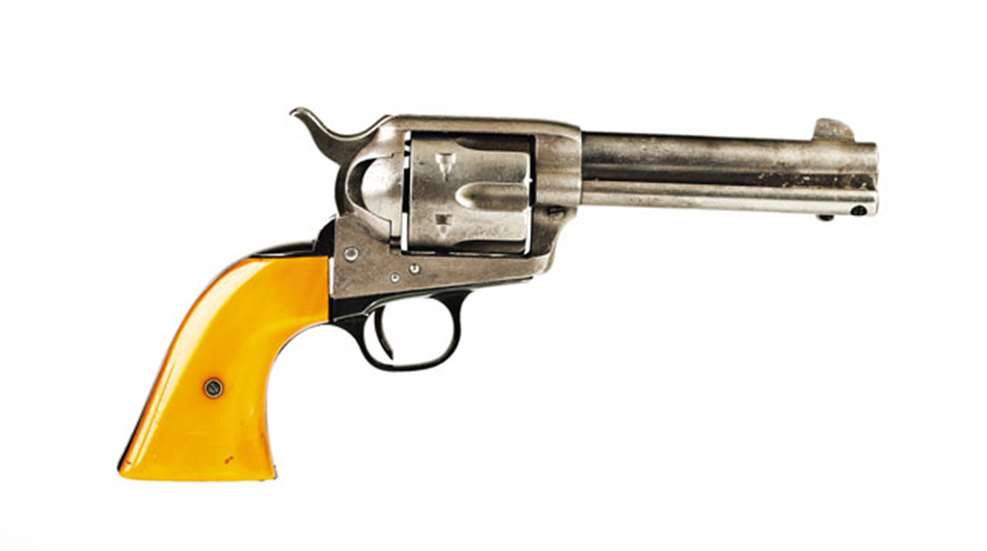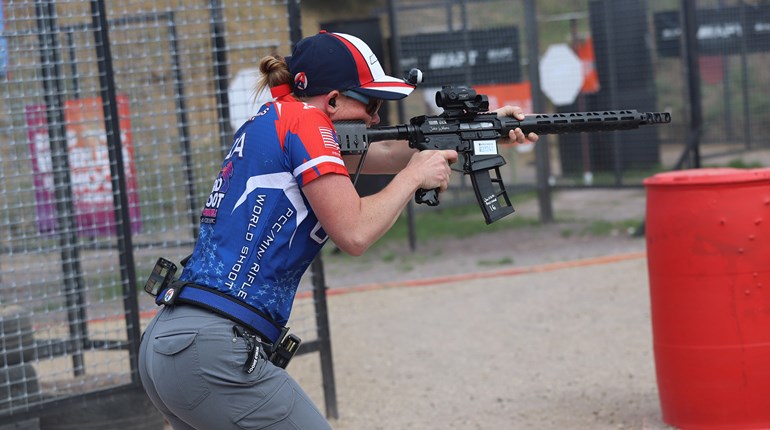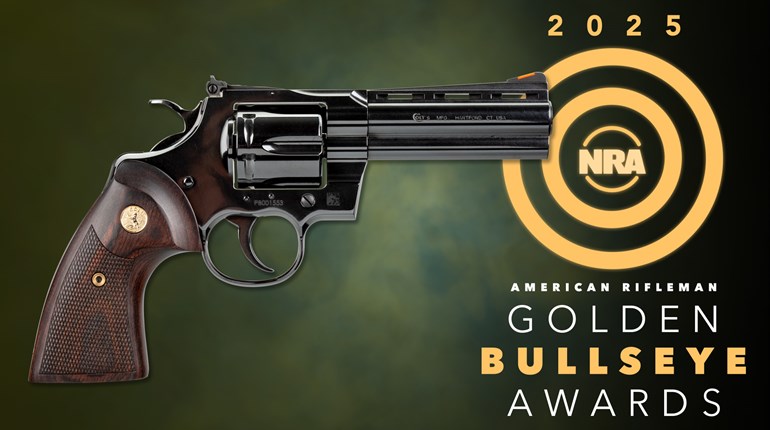
It's fair to say the gun was a success, because that "few years ago" is actually 138 and the company has been making them almost without interruption ever since. There was a lapse during World War II and a few post-war years, as well as a brief one in the 1970s, but the first year of production was 1873. That makes the Colt Single Action Army the longest continuous-production handgun in American history. As a matter of fact, it may have the longevity edge on every other firearm, because I can't think of any current-production gun that predates the old Peacemaker. What a record!
It is all the more astonishing in the sense that this 19th century wheelgun was obsolete before the end of the century in which it was introduced. Other manufacturers, as well as Colt, offered better service revolvers than the Model P (the factory designation) before 1901. In this period, we also saw the beginnings of the pistol revolution that eventually put a semi-automatic in virtually every service holster around the world. In other words, there is very little need for a bulky revolver that only holds six rounds, can only be carried safely with five and needs to be manually thumb-cocked for each shot. But the Colt factory still cranks out 1,000 or so every year. It would not do so if the company could not sell them. Making the old gun the old way is expensive, and the price tag for a genuine specimen from the original maker is intimidating. Several European factories, as well as one South American and another North American shop, fill the demand with lower-priced replicas, some of them beautifully made guns. None of the latter wear the rampant Colt on the side.
Why is all of this happening? A big part of the answer lies with a cultural phenomenon of the immediate post-World War II era—Westerns. In the pre-war era, we saw the beginnings of the B movie tradition, but those simplistic little two-reel movies were primarily aimed at a juvenile audience. When Westerns with more mature themes like "Red River," "High Noon" and "Shane" came along, interest in so-called "adult" Westerns made the genre a legitimate art form in its own right. I believe a great deal of the interest is a wistful yearning for the ability of a decent man to deal with his own problems—immediately and directly.
Actually, I have doubts as to the accuracy of TV and movie depictions of shootings in the Old West. For example, the Earp brothers and Doc Holliday were put on trial for the legendary encounter at the OK Corral, but movies usually omit that part of the story. Facts notwithstanding, a great tradition of Hollywood entertainment came into being with the Western. And what gun could possibly be viewed as more "Western" than the Colt Peacemaker?
All of this fantasy stuff does little for the real history of the Single Action Army. Without question, the gun was the pre-eminent handgun of the frontier period, but it shared popularity with Remington, Smith & Wesson and Merwin & Hulbert revolvers. It was the service revolver of the U.S. Army from the early 1870s only until the late 1880s, with an emergency reissue during the Moro Rebellion. Peacemakers probably saw more use in civilian hands, both as a defensive tool and a sporting arm. Made in a plethora of chamberings, finishes, grips and barrel lengths, the big gun lasted in production until 1941, when Colt had to cease manufacture to focus on the real 20th century classic—the 1911 and 1911A1 .45 ACP pistols.
The gun came roaring back in the late 1950s and has stayed in production pretty much to the present. The question remains, why has this happened? It could not be a matter of practicality, because it's slow to reload, slow to shoot and therefore cannot maintain a decent, sustained rate of fire. It's here for a small, but steady, demand.
For sure, that demand is purely American for two reasons. For one thing, the gun is still with us because it reminds us of our frontier history and the tradition of self-reliance that goes with it. But, it also refreshes our belief in the necessity of free men to stand ready to defend the national values that created this paradise in which we live. Clearly, those values include the single articulate sentence that is the Second Amendment. In part, we still want the Peacemaker because we can still have the Peacemaker.
Lest some devoted fan of the old thumb-buster rise up in fury at the implied suggestion the old gun has lost its usefulness, I am reminded of an incident in a beach city several years ago. An elderly couple had turned in for the night—Christmas Eve—full of anticipation of the joy of a holiday morning with the grandkids. Awakened by the noise of an intruder, the old man went downstairs to resolve the issue. He was confronted by an aggressive burglar who did not respond to orders to leave and attacked the homeowner. Not surprisingly, that old blackpowder caliber, developed during the Indian Wars, is still effective, particularly when used with determination and skill.
That old man wasn't defending Christmas presents, he was protecting himself and the sanctity of his home. Apparently, with proper fightin' iron.




































